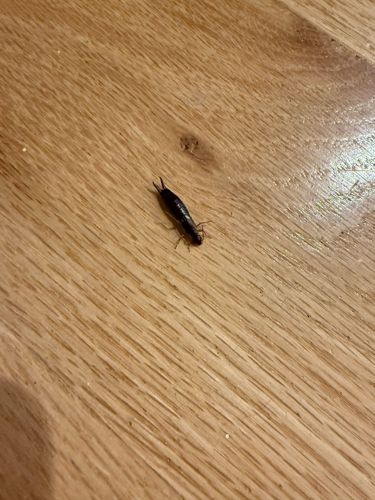Silverfish
Scientific Name: Lepisma saccharina
Order & Family: Zygentoma (formerly Thysanura), Lepismatidae
Size: 10-19 mm (0.39-0.75 inches) in length, excluding their tail-like appendages.

Natural Habitat
Damp, dark, and undisturbed areas such as bathrooms, kitchens, basements, attics, and storage areas. They prefer areas with high humidity.
Diet & Feeding
Starchy materials, including books, paper, wallpaper glue, textiles (cotton, linen, silk), cereals, dried foods, and even dead insects. They can also survive for long periods without food.
Behavior Patterns
Nocturnal and reclusive, silverfish are fast-moving insects that typically hide during the day. They prefer dark, moist environments and move in a fish-like, wriggling motion. They undergo ametabolous metamorphosis, meaning their young (nymphs) look like miniature versions of the adults.
Risks & Benefits
Potential risks include damage to books, documents, photographs, wallpaper, and textiles due to their feeding habits. They are not known to spread diseases or bite humans. Benefits are minimal from a human perspective; they may consume some decaying organic matter but are generally considered a household pest.
Identified on: 11/4/2025